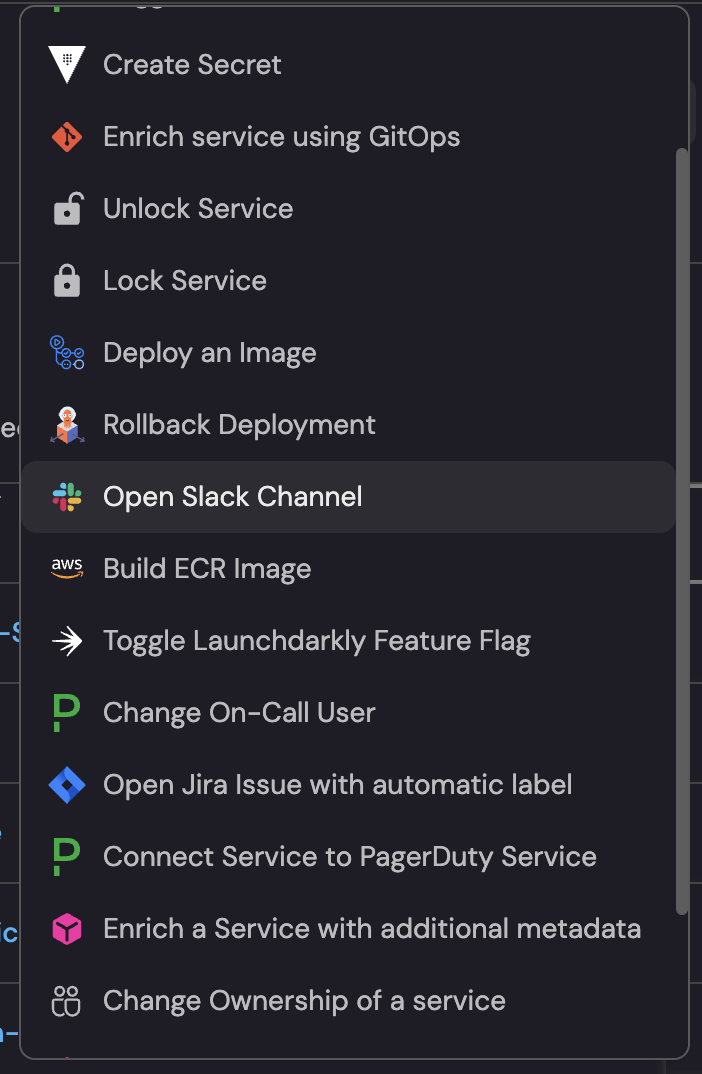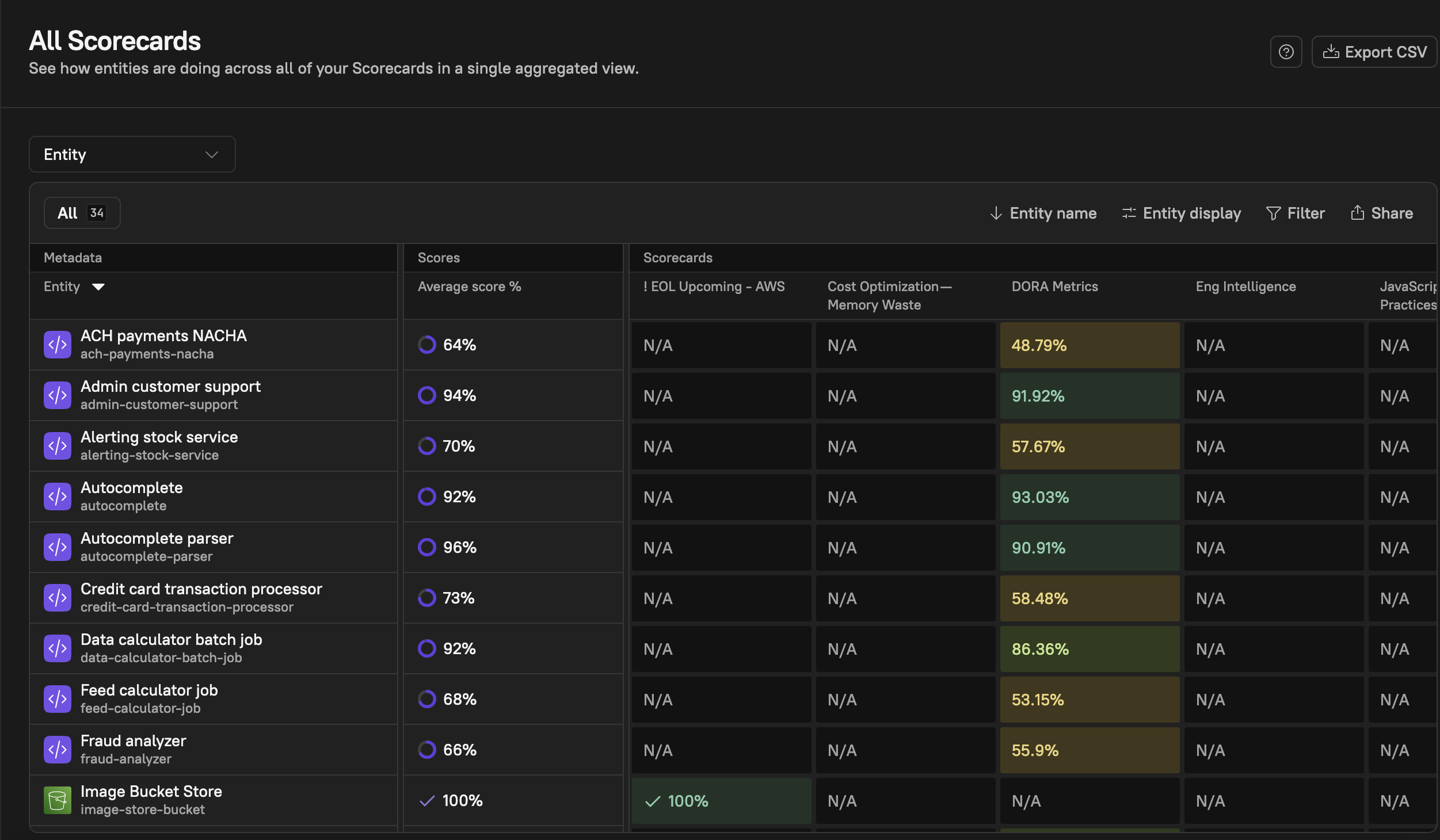Project 42: Catalogs under the microscope
Backstage (by Spotify)
Core Functionality:
An open-source developer portal designed to centralize services, APIs, documentation, and tools.
Key Features
- Software Catalog: Centralizes information about software components, tracking ownership and metadata.
- Scaffolder: Standardizes new project creation using templates.
- Plugins Ecosystem: Extensive community-driven plugins for integrations and extended functionality.
- TechDocs: Integrates documentation directly into the portal, allowing for "docs like code" workflows.
Notable Aspects
- Highly Customizable: Tailor-made solutions through plugins and custom configurations.
- Strong Community Support: Active contributions and shared best practices from a broad user base.
Cortex
Core Functionality:
A SaaS internal developer portal focusing on service quality, ownership, and compliance.
Key Features
- Service Catalog: Tracks services and their metadata, ensuring clear ownership.
- Scorecards: Provides quantitative assessments of service health, performance, and compliance.
- Scaffolder: Bootstraps new services with best practices, enabling developer self-service.
- Integrations: Connects with various tools for data aggregation and visibility.
- Developer Homepage: Personalized dashboard surfacing relevant information and action items for developers.
Notable Aspects
- Predefined Scorecards: Offers industry-standard metrics out-of-the-box for assessing service maturity.
- Automated Health Dashboards: Real-time insights into service performance and compliance.
- Emphasis on Ownership: Ensures every service and resource has clear ownership and accountability.
Port
Core Functionality:
A customizable internal developer portal emphasizing flexibility, automation, and self-service.
Key Features
- Flexible Data Model: Supports diverse software entities, allowing customization to fit organizational needs.
- Custom Scorecards: Enables tailored metrics for service evaluation and compliance tracking.
- Developer Self-Service: Facilitates tasks like scaffolding new projects and provisioning resources.
- Kubernetes Support: Provides visibility into Kubernetes objects and multi-cluster environments.
- Workflow Automation: Triggers DevOps workflows based on catalog events, streamlining operations.
Notable Aspects
- Asynchronous Actions: Supports manual approvals and time-limited ephemeral environments.
- Role-Based Access Control (RBAC): Offers granular permissions and dynamic policies for secure access management.
🌟 Unique and Noteworthy Features
- Cortex's Scorecards: Provide a structured way to measure and enforce service quality across teams, aligning development with organizational standards.
- Port's Flexible Data Model: Allows organizations to define and manage diverse software entities beyond just services, accommodating various components like APIs, libraries, and pipelines.
- Backstage's Plugin Ecosystem: Enables extensive customization and integration with existing tools, fostering a unified developer experience.
💡 Ideas for Reunite
- [UI/UX]: Presenting APIs catalog in the table with filters for the cases when there is a big number of APIs. Having a lot of card like in the catalog could be challenging. Improving filtering
- [Scorecard]: Show more metadata(owner, last commiter, date when modified)
- [Integrations]: Add more oportunities to integrate with third-party services(e.g. slack, jira)
- [Actions]: Port has a robust actions menu. We can consider adding relevant action for Reunite.

- [Favorites]: Add oportunity to add specific API to favorites and show at top of list

Top Feature
- Analytics: Cortex has amazing analytics and reports. Reunite's one is slightly limited. Thus, we can consider adding more tables and grafhs so that users could get more insights about their APIs. For example this Scorecard analytics
